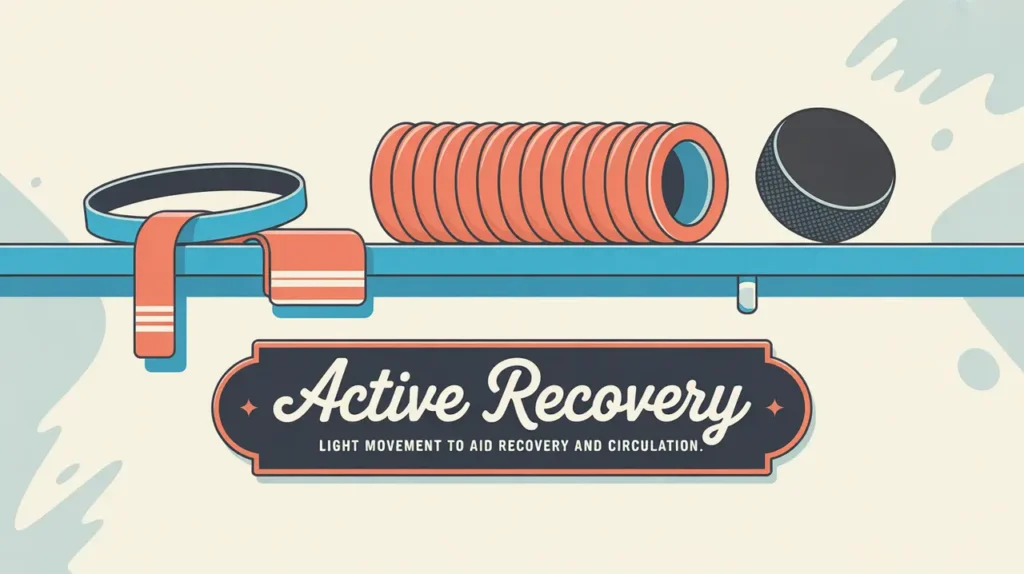Jim’s Intro to Regenerative Therapies
Hi folks, Jim here, the only commentator who once drank beet juice every day hoping to develop regenerative properties like Groot from Guardians of the Galaxy. It was super nutritious, but I apparently, I was also supposed to exercise to stay fit and energized.
What are regenerative therapies?
Regenerative therapies are specialized recovery methods and treatments designed to accelerate the body’s natural repair processes. They’re used to reduce inflammation, improve circulation, and support tissue healing after intense games, practices, or injuries. While pros may have access to advanced options, many of the core methods are available to youth and amateur players too.
How does it work?
Regenerative therapies support recovery through targeted physiological effects:
- Cold Therapy: Ice baths, cold tubs, or localized icing reduce inflammation and soreness.
- Heat Therapy: Promotes blood flow and helps muscles relax after intense exertion.
- Compression: Improves circulation and reduces swelling, often through sleeves or pneumatic boots.
- Massage & Soft Tissue Work: Breaks up tension, improves mobility, and aids recovery.
- Advanced Therapies: At higher levels, this can include cryotherapy, laser treatments, or other specialized modalities overseen by professionals.
How do you make good decisions with it?
- Match the Method to the Need: Cold for soreness, heat for stiffness, massage for tension.
- Prioritize Simplicity First: Consistent basic methods often outperform flashy new trends.
- Work with Professionals: For advanced treatments, make sure qualified practitioners are involved.
- Don’t Overdo It: More is not always better. Follow guidelines for duration and frequency.
- Listen to Your Body: Pay attention to how you feel afterward and adjust accordingly.
How do you master it?
Mastering regenerative therapies means building them into a smart recovery plan, not just using them reactively when something hurts. Over time, players learn which methods give them the best results and how to use them consistently.
What does it look like when done right?
Effective regenerative therapy looks purposeful and integrated. Players finish tough stretches feeling restored rather than run down, and nagging soreness stays manageable.
Commentator’s Corner
Jim’s Take
Regenerative therapy is like sharpening skates after a game. It’s not glamorous, but it keeps everything running smooth the next time you step out.
Parent Tip
You don’t need expensive gadgets to support recovery. Ice, warmth, stretching, and rest done consistently make a huge difference.
Player Tip
Find the recovery methods that work best for you and use them regularly. Don’t wait for soreness to pile up.
A Final Thought
Regenerative therapies give players the tools to recover smarter and last longer through demanding seasons. Master them, and you’ll keep your edge sharp while others fade.









